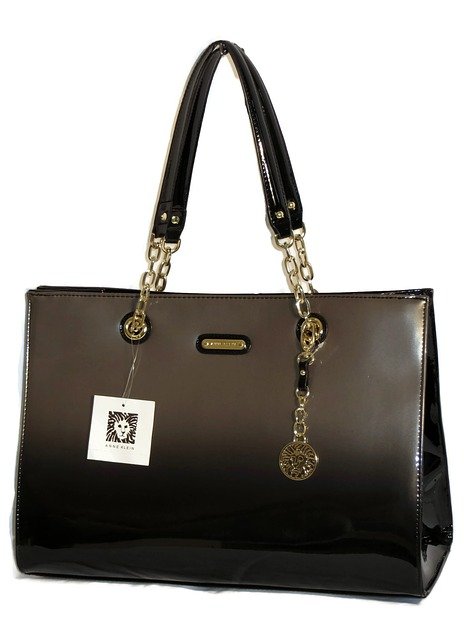Warehouse Sale Guide: Luxury Handbags & Fashion Finds
Warehouse sales can be a treasure trove for shoppers looking to combine quality and value. Whether you’re hunting for luxury handbags or seasonal fashion pieces, these events often bring excess inventory, samples, and overstocks from retailers and designers into one place. Understanding how warehouse sales work, what to expect, and how to spot authentic items helps you shop smarter and leave with pieces that feel both special and sensible.

Handbags: What to expect at a warehouse sale?
Warehouse sales often include a broad range of handbags, from everyday totes to higher-end pieces. Expect to find last-season styles, irregulars (minor factory defects), and genuine overstocks. Many events group bags by category or brand, making it easier to compare sizes and materials. If you’re searching for a specific style, arrive early and inspect stitching, hardware, and lining closely. Bring a checklist of desired materials (leather, coated canvas) and preferred dimensions to avoid impulse buys that won’t fit your needs.
Fashion: How to shop seasonal trends and classics?
Warehouse sales mix trend-driven fashion with wardrobe classics. You may uncover seasonal garments—coats, knitwear, or partywear—alongside staple items such as blazers and trousers. Aim to balance trend purchases with timeless pieces to maximize value. Try items on when possible; sizing can vary by line. Layers, stretch fabrics, and adjustable features (waist tabs, belts) can make off-season items wearable now. Prioritize garments you can integrate into multiple outfits to extend their utility beyond a single season.
Warehouse: How are goods sourced and organized?
Goods at warehouse sales usually come from retailer overstocks, production overruns, trade show samples, or returned items. Organizers often sort items by category, brand, or defect level, and price tiers reflect condition: first-quality, irregulars, and sample-only bins. Knowing the difference helps set expectations—sample pieces may have no tags or slight alterations, while irregulars might have minor cosmetic flaws. If you rely on local services for transport or tailoring, factor that into your plan; small repairs can turn a discounted find into a perfect piece.
Sale: Tips for scoring the best deals
To maximize savings at a sale, plan ahead: make a list, arrive prepared for queues, and wear easy-to-remove layers for quick try-ons. Bring a tape measure, a small flashlight to inspect linings and seams, and a list of comparable retail prices so you recognize true bargains. Be flexible—size availability may be limited—so consider whether a small alteration could make a great fit. Many warehouse sales accept card and cash; have both ready. Finally, be polite and patient—staff may be restocking or helping other shoppers, and efficient teamwork makes finding deals easier for everyone.
Luxury: How to verify designer items and authenticity?
Luxury items at warehouse sales can be authentic overstocks or unauthorized copies; verifying authenticity is crucial. Look for consistent logos, serial numbers, high-quality stitching, and authentic hardware (heavy zippers, engraved clasps). Familiarize yourself with brand-specific markers—date codes, interior tags, and pattern alignment are common clues. If authenticity is uncertain, ask the seller about provenance and return policies. For high-value finds, consider having an independent authentication service or a knowledgeable local services expert inspect the item before finalizing a purchase.
Conclusion
Warehouse sales present an efficient opportunity to access a wide range of handbags and fashion pieces, including higher-end and luxury items, often at meaningful discounts. Successful shopping hinges on preparation: know what you want, understand item conditions, and verify authenticity. Balancing trend purchases with classic staples and planning for any necessary alterations or verification steps will help you build a versatile wardrobe that reflects both personal style and practical value.






